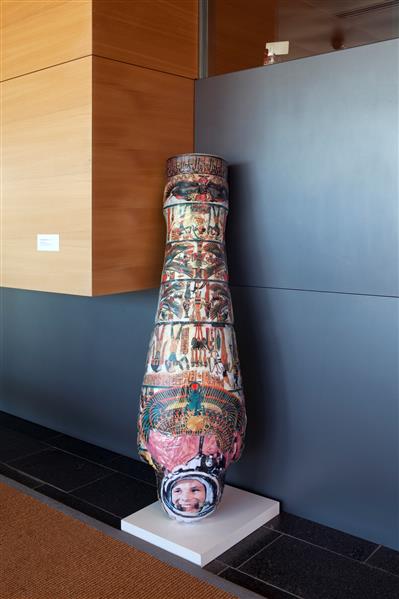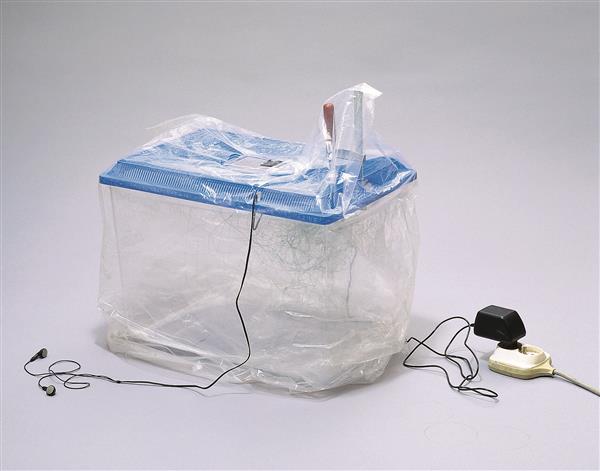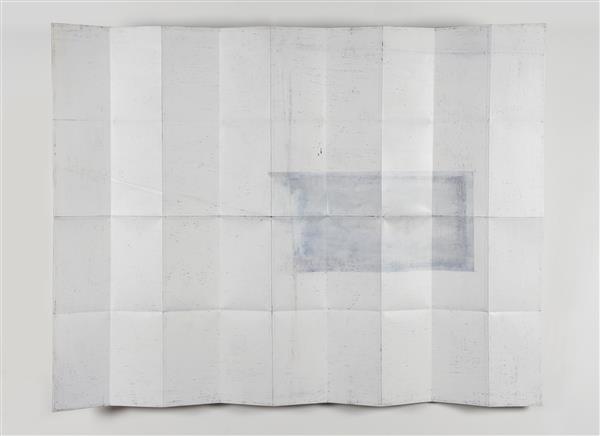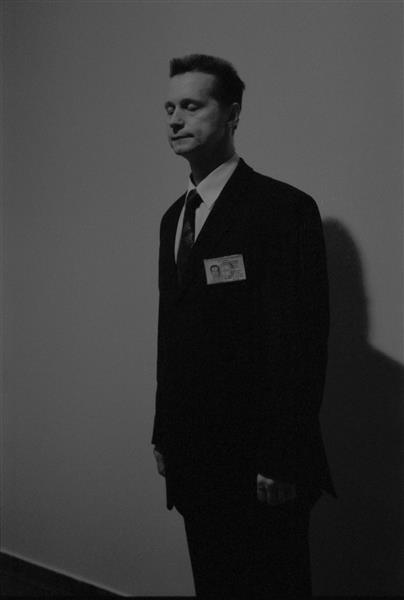Gagarin in Space
Luchezar Boyadjiev
inflatable object, rubber, Styrofoam, paper and tape
ca. 150 × 60 × 50 cm
2011
Acquisition 2012
Inv. No. 0234
Luchezar Boyadjiev is one of the most stalwart and versatile in the eastern-european art-biotopes. He describes the radical break in the political and economic system of socialist society with irony and critical distance. And yet Sofiaʼs “scene and herd” is unthinkable without their most important center-forward. The work in the evn collection is called Gagarin in Space and has an exciting biography: endowed with a Getty stipend, Boyadjiev spent 1993 in New York where he studied the work of Christo and Jeanne-Claude in the Whitney Museum. In the Metropolitan Museum souvenir shop he purchased a weird object—a blow-up decorative mummy. Up until 2011, nothing happened, but then Lara Boubnova proposed an exhibition in the ICA gallery in Sofia. After the Flight should recall an international sensation: 50 years had passed since the first manned space flight on April 12th, 1961. Back then, Yuri Gagarin circled the globe in 108 minutes. Soon after, the “Hero of the Soviet Union” visited the Bulgarian capitol, as the second stop on his ʻworld tour.ʼ A photo shows him holding a white dove.
Luchezar Boyadjiev is going to take part in the exhibition. He recalls the long-forgotten mummy. He quickly decides to paste a portrait of Gagarin on its face, and leans the air-filled sculpture on its head against the gallery wall – it is well known that gravity is nullified in space.
Gagarin, who wears the famous SK-1 spacesuit, beams triumphantly into the camera, and with the picture, Boyadjiev succeeds in capturing the sense of universal optimism and belief in progress that, at that time, held humanity in thrall. The cosmonaut as pop star, selling costly attractions like space flight with a side of his countryʼs ideology.
Today, when Boyadjiev reflects on his work, he finds above all the idea of a protective capsule pleasing, one that makes travel through time and space, and the crossing of all types of borders, possible. In medieval frescoes he discovered ʻspaceshipsʼ like the aureola that surrounds Christ Pantocrator. Similar to an astronaut, the body is in a shell that moves through the galaxy. In addition, Boyadjiev alludes to the masks and mummy portraits of the Egyptian cult of the dead.
Gagarin in Space is also a prototype for a series that the artist developed for the first time for the Kiev Biennial in 2012. It consists of 12 mummies, produced in Sofia in the style of the New York exemplar. Besides Gagarin there are celebrities like Mao, Stalin, Einstein and Steve Jobs, as well as Dobby, the house-elf from Harry Potter, who looks like Putin. All personalities can be blown-up and then disposed of at will.
To ensure that the object in the evn collection doesn't have to be continuously inflated, Boyadjiev filled Gagarin in Space with Styrofoam pellets. The surface now appears to be softer, but in exchange, the volume is stable.
Brigitte Huck, 2015 (translation: Virginia Dellenbaugh)
Publications
evn collection. 95–2015 Jubilee, Vienna 2015, p. 80 ff



